 March 21, 2024 John E. Ross, KD8IDJ, Editor
| ||||||
Get Ready for the 2024 ARRL National Convention and Youth Rally A full slate of programming has been committed for the 2024 ARRL National Convention, which will be hosted by Dayton Hamvention®, May 17 - 19, in Xenia, Ohio. Hamvention is the largest annual gathering of radio amateurs in the world. Hamvention has committed one of its four forum rooms to a track of ARRL National Convention presentations with topics that span public service, technology, on-air activities, instruction, and youth outreach.
Additionally, an ARRL Membership Forum will be held on Saturday, May 18, covering several key areas of membership interest. On Saturday, May 18, a 2024 ARRL Youth Rally will be a special feature of the National Convention at Hamvention. The Youth Rally is intended for students who are 11 to 21 years of age. While Hamvention offers free tickets for youth aged 12 through 18, advance registration for the Youth Rally is recommended. A preliminary Youth Rally agenda and registration instructions are on the ARRL website, at www.arrl.org/expo. The Youth Rally registration fee is $20 and includes a tee shirt (to wear on Saturday), badge, lanyard, and reusable tote bag. Youth Rally participants will enjoy a full day of activities, discovery, sharing, and fun. Rally day begins at 9:15 AM on Saturday with the annual Dayton Youth Forum -- open to all Hamvention attendees -- moderated by well-known amateur radio educator Carole Perry, WB2MGP. The forum includes presentations from young hams covering a variety of amateur radio activities, topics, and technology. After lunch (on your own) Youth Rally registrants will gather in Forum Room 3 to get know each other and to explore a variety of amateur radio interests and activities. Learn about satellite communications, participate in a short sprint contest, contact a parachute mobile station, and participate in other fun! Bring a 2-meter handheld radio if you have one. The Youth Rally will wrap up on Saturday with a presentation from the ARRL Collegiate Amateur Radio Program (CARP). Learn more about the 2024 ARRL National Convention at www.arrl.org/expo, where you can find the full listing of ARRL-sponsored forums, exhibits, and activities. Hamvention is held in Xenia, Ohio, on the sprawling grounds of the Greene County Fairgrounds and Expo Center. Visit the event's website at www.hamvention.org, where you can also purchase tickets, find the complete list of Hamvention forums, and learn more about the event.
The ARRL Booth at 2023 Dayton Hamvention. [Bob Inderbitzen, NQ1R, photo] FCC to Require Two Factor Authentication for CORES Users The Federal Communications Commission (FCC) has announced an upcoming change to the Commission Registration System (CORES) that licensees use to pay any application or regulatory fees, manage or reset a password on an existing FRN, or request a new FRN. Beginning March 29, 2024, multifactor authentication will be implemented. In a public notice, the FCC said this change will make the system more secure. "This additional layer of security will further safeguard against unauthorized access, thereby enhancing the overall integrity of information contained within the CORES system and improving the security of user data," it read. The FCC recommends that users confirm they have access to their username account email and to add a secondary email address, if need be. Resources are available for those who need assistance with the system. For inquiries or assistance regarding the implementation of multifactor authentication on CORES, submit a help request at https://www.fcc.gov/wtbhelp, or call the FCC at 877-480-3201 (Monday through Friday, 8 AM to 6 PM ET). International Marconi Day 2024 This year, International Marconi Day (IMD) is on April 27. Italian inventor and electrical engineer Guglielmo Giovanni Maria Marconi was born on April 25, 1874, and is credited for inventing the radiotelegraph system, creating Marconi's law, and sending the first wireless transmission over the open sea. IMD was created to honor Marconi and is hosted annually by the Cornish Radio Amateur Club, GX4CRC. The 24-hour event will operate from 0000 UTC to 2359 UTC, and registration is required. Participants can register at GX4CRC's registration web page. Stations in the United States, including Marconi Cape Cod Radio Club, KM1CC, in Massachusetts, are already registering for the event. Amateur Radio in the News ARRL Public Information Officers, Coordinators, and many other member-volunteers help keep amateur radio and ARRL in the news. " "L.A. Hogs" Ham Radio Group Broadcasts From Jonquil Festival" / HopePrescott.com (Arkansas) March 19, 2024 -- The Lower Arkansas Ham Operators Group. Share any amateur radio media hits you spot with us. ARRL Podcasts On the Air Contribute to Science While You Operate The Solar Eclipse QSO Party (or SEQP), is an on-air event coming up on April 8, the same day as the next total solar eclipse. The SEQP is a great opportunity for hams to contribute data to studies of Earth's ionosphere, the part of our atmosphere that makes radio communications possible, and all you have to do is get on the air and operate as you normally would. The lead organizer of Ham Radio Science Citizen Investigation (HamSCI), Dr. Nathaniel Frissell, W2NAF, joins us in this episode to explain how to get involved. ARRL Audio News The On the Air podcast and ARRL Audio News are available on blubrry, iTunes, and Apple Podcasts -- On the Air | ARRL Audio News. Announcements The 2024 Society of Amateur Radio Astronomers (SARA) Western Conference will be held in Dallas, Texas, at the University of Texas on April 8 - 9. One of the main events of the conference will be the April 8 solar eclipse, which will be visible over the Dallas area in the afternoon. The conference will include presentations by SARA members and a keynote address by University of Texas Associate Professor of Physics Dr. Lindsay King. Registration to attend the conference in person is $75 and on Zoom is $15. Participants must be SARA members to register. Visit the SARA website for additional information. Payment can be made through PayPal by sending your payment via email to treas@radio-astronomy.org. The 2024 SARA Eastern Conference and Global Radio Astronomy Symposium will be held at the Green Bank Observatory in West Virginia, from August 4 - 7. In Brief... The third annual Lewis and Clark Trail on the Air will be active from June 1 - 16. This special event is an on-air activity that commemorates the historic Lewis and Clark National Historic Trail, which covers 4,900 miles through 16 states, including the disembarkation from Camp Dubois and what is referred to as the Eastern Legacy. The event is sponsored by the Clark County Amateur Radio Club (CCARC), W7AIA, with support and participation from various clubs in all 16 states along the historic trail. Each day of the event runs for 24, hours and the start time is 0000 UTC through 2400 UTC. Operating modes include SSB phone, FM phone, CW, and FT8. Any combination of modes toward working all 16 states is allowed. A schedule for planned operations for each participating state will be posted on the CCARC website. Certificates can be requested for two classes of participation: the Expedition Partner Certificate (awarded to any station working all 16 states) and the Trail Companion Certificate (awarded to any station working one or more states). Clubs interested in activating this event for one of the 16 states of the Lewis and Clark National Historic Trail should send an email of interest to info@LCTOTA.org. The K7RA Solar Update Tad Cook, K7RA, of Seattle, Washington, reports for this week's ARRL Propagation Bulletin, ARLP0012:
Throughout March 14 - 20, new sunspot groups emerged every day except on March 19. March 18 had two, and each of the other days saw one new sunspot group. It is now spring in the Northern Hemisphere, which is favorable to HF conditions, and solar and geomagnetic numbers both show improvement. Average daily sunspot numbers rose from 82.3 to 94.3, and the average daily solar flux jumped from 130.4 to 153.3. Geomagnetic indicators were very quiet, with the average daily planetary A index dropping from 8.9 to 5.9, and the middle latitude numbers decreasing from 7 to 5. Here is the outlook for the next few weeks. Predicted solar flux is 178, 176, and 174 on March 21 - 23; 172 on March 24 - 25; 176, 178, and 162 on March 26 - 28; 165 on March 29 - 30; 160 on March 31; 155 on April 1 - 3; 158 on April 4; 160 on April 5 - 6; 162, 155, 150, and 145 on April 7 - 10; 148 on April 11 - 12, and 152, 155, 160, 162, 165, and 160 on April 13 - 18. The predicted planetary A index is 20, 8, 5, 16, and 18 on March 21 - 25; 8, 5, 12, and 8 on March 26 - 29; 5 on March 30 through April 2; 15, 12, and 12 on April 3 - 5; 5 on April 6 - 8; 8 on April 9 - 11, and 5 on April 12 - 23. Public Information Coordinator of the ARRL Puerto Rico Section Angel Santana, WP3GW, wrote about conditions in an email on March 16. "With much expectation, [I] worked the Russian DX contest on SSB, but then noticed rough conditions, so bad that after 1600 UTC signals were gone [and] not seen on my radio. After 1730 UTC, [I] saw them come back, but conditions were still bad. The next day, I did the BARTG RTTY contest after 1430 UTC and fared better. Did it have to do with one of the six sunspots last week? I hope [propagation] is good in a week from now." I replied to his email stating that according to Spaceweather.com, departing sunspot AR3599 blasted protons toward Earth on March 14, causing a polar cap absorption event on March 16. The ionizing effect of the protons absorbed radio signals inside the Arctic Circle. The Karl G. Jansky Very Large Array (VLA) on the Plains of San Agustin in New Mexico detected radiation above sunspots (see https://bit.ly/4cDDref). From Space Weather Woman Dr. Tamitha Skov, WX6SWW: Dear Tad, "Recently, our Sun gave us a surprise when a solar storm we thought would be a glancing blow actually hit us pretty hard. That was back on March 3, and some gorgeous aurora shows were seen in Tasmania and Australia. See my forecast from that week for some amazing pictures: https://youtu.be/2nWLAYL01FA. "Here we are several weeks later with yet another 'glancing' blow set to hit us midday March 20. The official forecast is calling for a weak impact, but our recent experience has left me wondering: Are we going to make the same mistake twice? These are the kinds of dilemmas that make space weather such a tough field today. Compared to terrestrial weather, there are so many things we simply cannot foresee. "Turning to the forecast, big flare activity is beginning again, thanks to old Region 3590 rotating back into view, along with some new players as well. Amateur radio bands are getting noisier and radio blackouts are resuming on the daylight side of Earth. Of course, the big story is the solar storm coming toward us. Will it be relatively mild at midlatitudes as the predictions suggest? This time, I'm not so sure. Either way, I will remain on the lookout. Cheers, Tamitha" Visit https://youtu.be/O6vZDFaBfrc for her latest video report. Sunspot numbers for March 14 - 20, 2024, were 88, 49, 67, 86, 127, 123, and 120, with a mean of 94.3. The 10.7-centimeter flux was 127.1, 129, 144.1, 151.3, 177.4, 168.9, and 175.5, with a mean of 153.3. Estimated planetary A indices were 8, 8, 3, 3, 6, 9, and 4, with a mean of 5.9. The middle latitude A index was 7, 8, 3, 2, 5, 7, and 3, with a mean of 5. Send your tips, questions, or comments to k7ra@arrl.net. A comprehensive K7RA Solar Update is posted Fridays on the ARRL website. For more information concerning radio propagation, visit the ARRL Technical Information Service, read "What the Numbers Mean...," and check out the Propagation Page of Carl Luetzelschwab, K9LA. A propagation bulletin archive is available. For customizable propagation charts, visit the VOACAP Online for Ham Radio website. Share your reports and observations. A weekly, full report is posted on ARRL News. Just Ahead in Radiosport
Visit the ARRL Contest Calendar for more events and information. Upcoming Section, State, and Division Conventions
Search the ARRL Hamfest and Convention Database to find events in your area. Have News for ARRL? Submissions for the ARRL Letter and ARRL News can be sent to news@arrl.org. -- John E. Ross, KD8IDJ, ARRL News Editor
ARRL -- Your One-Stop Resource for
Free of charge to ARRL members...
| ||||||
.jpg) Coupled with the National Convention, this year promises to be a Hamvention not to miss. Building on a yearlong theme to "Be Radio Active," ARRL has planned exhibits, forums, panels, and activities that promise to engage and inspire attendees in a wide range of amateur radio interests.
Coupled with the National Convention, this year promises to be a Hamvention not to miss. Building on a yearlong theme to "Be Radio Active," ARRL has planned exhibits, forums, panels, and activities that promise to engage and inspire attendees in a wide range of amateur radio interests.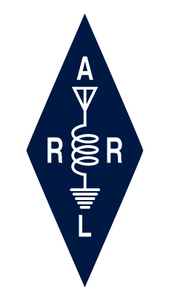 The forum will be moderated by ARRL Great Lakes Division Director Scott Yonally, N8SY, and panelists include ARRL President Rick Roderick, K5UR; First Vice President Kristen McIntyre, K6WX, and CEO David A. Minster, NA2AA.
The forum will be moderated by ARRL Great Lakes Division Director Scott Yonally, N8SY, and panelists include ARRL President Rick Roderick, K5UR; First Vice President Kristen McIntyre, K6WX, and CEO David A. Minster, NA2AA.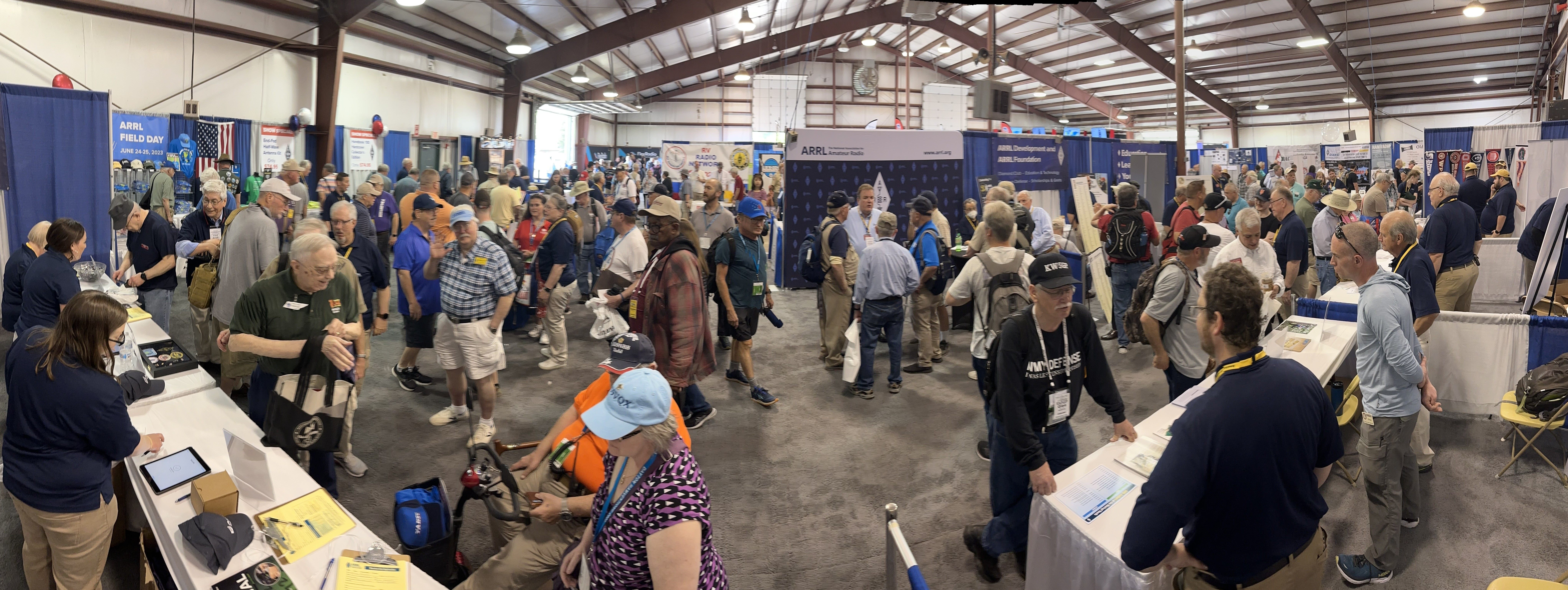
 Users will be prompted to request a six-digit secondary verification code, which will be sent to the email address(es) associated with each username. The user will then need to enter the code into CORES before they can continue.
Users will be prompted to request a six-digit secondary verification code, which will be sent to the email address(es) associated with each username. The user will then need to enter the code into CORES before they can continue.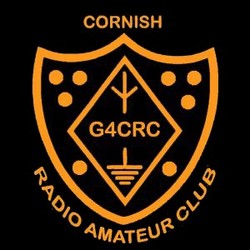 The purpose of the day is for amateur radio enthusiasts around the world to contact historic Marconi sites using communication techniques similar to those that he would have used.
The purpose of the day is for amateur radio enthusiasts around the world to contact historic Marconi sites using communication techniques similar to those that he would have used.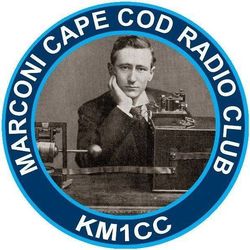 KM1CC hosts several on-air events each year to keep the accomplishments and story of Marconi and his wireless station site in South Wellfleet alive. In 1975, the Wellfleet station was listed as a National Historic Landmark on the National Register of Historic Places and is now part of Cape Cod National Seashore, a unit of the National Park Service. When possible, KM1CC sets up a temporary radio station inside the park. More information about KM1CC is available on their
KM1CC hosts several on-air events each year to keep the accomplishments and story of Marconi and his wireless station site in South Wellfleet alive. In 1975, the Wellfleet station was listed as a National Historic Landmark on the National Register of Historic Places and is now part of Cape Cod National Seashore, a unit of the National Park Service. When possible, KM1CC sets up a temporary radio station inside the park. More information about KM1CC is available on their .jpg)
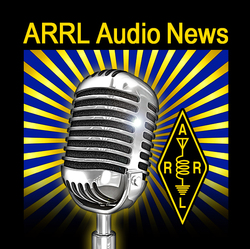 Listen to
Listen to 
-Blue.jpg)








